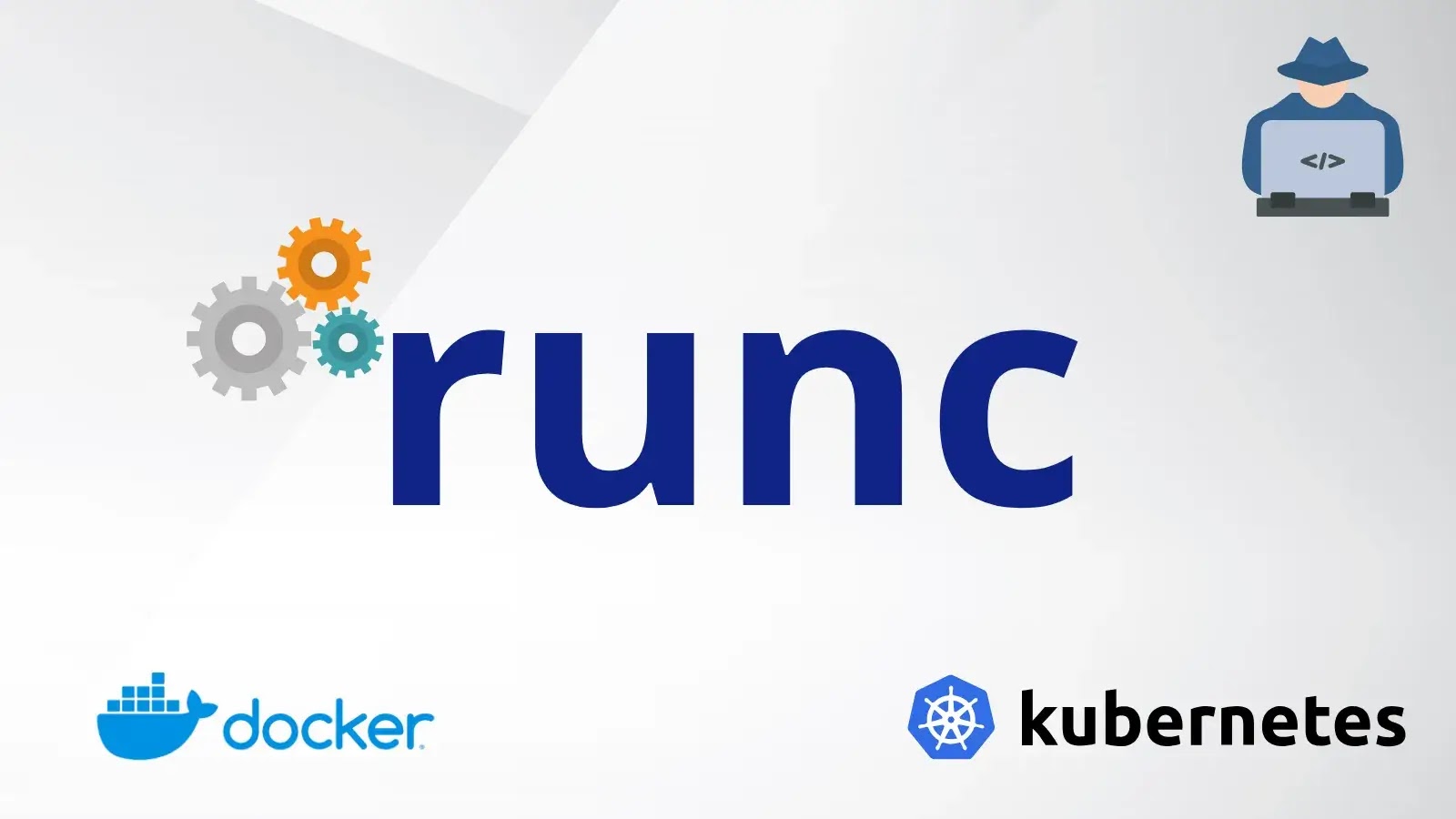Beyond IAM Silos: The Imperative of Identity Security Fabric in Safeguarding AI and Non-Human Identities
In the rapidly evolving digital landscape, the proliferation of artificial intelligence (AI) and non-human identities (NHIs) such as service accounts and API keys has significantly expanded the attack surface for organizations. Traditional Identity and Access Management (IAM) systems, often operating in isolated silos, are increasingly inadequate in addressing the complex security challenges posed by these developments. To effectively mitigate risks and enhance security posture, organizations must adopt an integrated approach known as Identity Security Fabric (ISF).
Understanding Identity Security Fabric
Identity Security Fabric is a comprehensive architectural framework that unifies various identity security components into a cohesive control plane. This integration encompasses Identity Governance and Administration (IGA), Access Management (AM), Privileged Access Management (PAM), and Identity Threat Detection and Response (ITDR). By consolidating these elements, ISF provides a holistic view and control over all identity types—human, machine, and AI agents—across diverse IT environments, including on-premises, hybrid, and multi-cloud infrastructures.
The Urgency for ISF Adoption
The necessity for implementing ISF is underscored by several critical factors:
– Prevalence of Credential-Based Breaches: A significant majority of security breaches involve compromised credentials, highlighting the need for robust identity security measures.
– Proliferation of Non-Human Identities: In modern enterprises, NHIs outnumber human identities by a substantial margin, necessitating scalable and consistent security protocols.
– Projected Efficacy of Identity Fabric Principles: Analysts predict that by 2027, adherence to identity fabric principles will prevent a substantial percentage of new attacks, demonstrating the effectiveness of this approach.
Advantages of Implementing ISF
Adopting an Identity Security Fabric offers numerous benefits:
– Unified Visibility and Control: ISF provides a centralized control plane, enabling security teams to gain comprehensive insights and enforce consistent policies across the entire identity landscape.
– Comprehensive Identity Protection: It ensures the security of all identity types, including human users, machine accounts, and AI agents, through uniform governance practices.
– Continuous, Risk-Aware Access Management: ISF supports the Zero Trust model by implementing adaptive, real-time access controls based on ongoing risk assessments.
– Streamlined Access and Governance: The framework automates identity lifecycle management, enhancing security, ensuring compliance, and reducing operational complexity.
Core Principles Guiding ISF
The design of an effective Identity Security Fabric is guided by several fundamental principles:
1. Inclusive Identity Management: Ensuring security measures encompass all human and machine identities.
2. Centralized Control with Decentralized Enablement: Balancing centralized oversight with the flexibility to empower various organizational units.
3. Composed and Orchestrated Architecture: Developing a structured and coordinated system that aligns with user journeys.
4. Adaptive and Continuous Security: Implementing security measures that are responsive, ongoing, and resilient to evolving threats.
5. Adherence to Standards: Utilizing pervasive standards to ensure consistency and interoperability.
6. Event-Based Integration: Facilitating connectivity through event-driven integration methods.
7. Automated Change Management: Ensuring continuous and automated adaptation to changes.
8. Proactive Threat Detection and Response: Employing prescriptive and remedial measures for threat management.
9. Privacy Assurance: Maintaining privacy for all individuals and entities involved.
10. Continuous Observability: Ensuring ongoing monitoring and visibility into identity-related activities.
Multi-Layered Architecture of ISF
The Identity Security Fabric operates through a multi-layered, vendor-neutral architecture that enhances identity and access management capabilities, implements real-time risk-aware access controls, and ensures seamless integration.
Layer 1: Integrated Identity Security Capabilities
This foundational layer extends beyond basic authentication to encompass all critical security functions throughout the identity lifecycle:
– Identity Security Posture Management (ISPM): Continuously assesses and manages the security posture of identities to identify and remediate vulnerabilities.
– Identity Governance and Administration (IGA): Manages the entire identity lifecycle, including provisioning, de-provisioning, and role management, ensuring appropriate access rights.
– Access Management (AM): Controls and monitors user access to systems and data, enforcing policies and ensuring secure authentication processes.
– Privileged Access Management (PAM): Secures, controls, and monitors access to critical systems by privileged users, mitigating risks associated with elevated permissions.
– Identity Threat Detection and Response (ITDR): Detects and responds to identity-related threats in real-time, preventing unauthorized access and potential breaches.
Layer 2: Real-Time Risk-Aware Access Controls
This layer implements adaptive access controls that respond to real-time risk assessments:
– Continuous Authentication: Regularly verifies user identities throughout sessions to detect anomalies.
– Contextual Access Decisions: Considers factors such as device security posture, location, and behavior patterns to inform access decisions.
– Dynamic Policy Enforcement: Adjusts access policies dynamically based on evolving risk factors and threat intelligence.
Layer 3: Seamless Integration and Automation
The top layer focuses on integrating ISF with existing systems and automating processes:
– API-Driven Integration: Utilizes APIs to connect with various applications and services, ensuring interoperability.
– Automated Workflows: Streamlines identity management tasks through automation, reducing manual intervention and potential errors.
– Scalable Architecture: Designs the system to scale with organizational growth and evolving technological landscapes.
Implementing ISF: A Strategic Approach
Transitioning to an Identity Security Fabric requires a strategic approach:
1. Assessment: Evaluate current identity security measures and identify gaps.
2. Planning: Develop a roadmap for integrating ISF components, considering organizational needs and resources.
3. Implementation: Deploy ISF layers systematically, ensuring minimal disruption to existing operations.
4. Monitoring: Continuously monitor the effectiveness of ISF, making adjustments as necessary to address emerging threats.
Conclusion
In an era where AI and NHIs are integral to business operations, traditional IAM systems are insufficient to address the complex security challenges that arise. Adopting an Identity Security Fabric provides a unified, comprehensive approach to identity security, enabling organizations to protect all identity types across diverse environments effectively. By implementing ISF, organizations can enhance their security posture, streamline operations, and stay ahead of evolving cyber threats.



